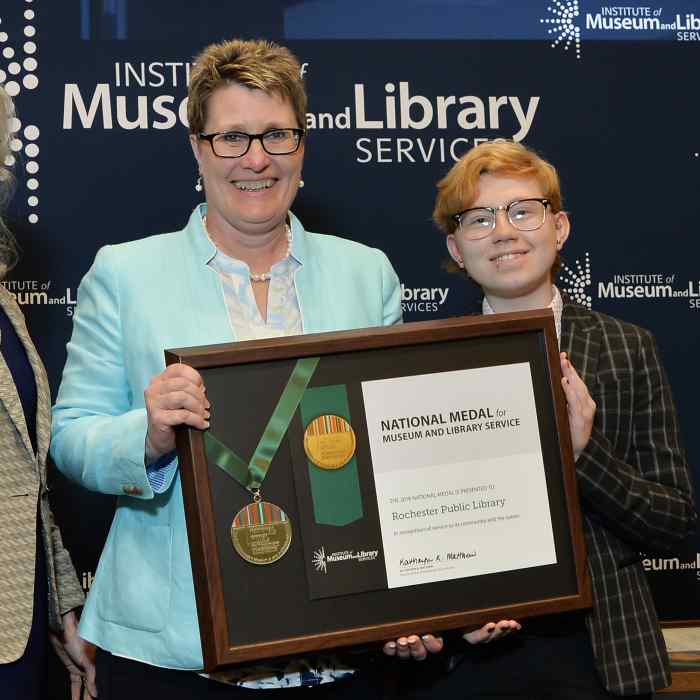4 Practical Steps to Creating a Logic Model
So you think you know what a logic model is, but how do you go about actually creating one? As a reminder, or for those who may be new to this valuable tool, a logic model is a visual depiction of an organization’s or program’s activities and expected outcomes. Logic models can be used to guide program planning and evaluation, and to communicate impact to funders and other key audiences.
Getting Started
You may understand what logic models are and how to use them, but when it comes to working with others to develop one, many questions may arise. How do we get started? Who needs to be involved? What should the process be? Who should facilitate?
I’ve identified four useful steps to guide the your logic model development process, based on my experience working with organizations.
Step 1: Gather helpful information
Begin by compiling any information or documentation that might be useful in your logic modeling discussion. This might include program records, strategic planning documents, previous evaluation data and reports, annual board reports, or simply your organization’s mission, vision, and values. These items likely contain many of the activities your organization provides and outcomes you hope to achieve. You may find it helpful to have the people who will help develop your logic model begin by reviewing these resources to get their gears turning for discussion.
Step 2: Assess your resources and capacity
Understanding your organization’s available resources and capacity for logic model development may dictate what approach you use to engage staff, participants, and others invested in your work. It will also help you determine who should be the core group involved in its development. Do you have staff devoted to this work? Do you have the funds to hire an evaluation consultant? What is the availability of the people who need to be involved?
Step 3: Engage the people involved in your work
Engaging many perspectives is key to developing a good logic model, but how you do this can take many forms. Once you identify who you want to involve, you’ll need to identify how best to engage them. Here are a few approaches that work well:
- Facilitated sessions or workshops – These can be conducted by an evaluation consultant or by your staff who have an understanding of logic models. I often find that planning two 2-hour sessions is a good amount of time to ground the group in logic models so everyone has a baseline understanding and to brainstorm the various components of a logic model. Beginning with a discussion of program activities and services can be an easy starting place. I like to start the discussion with brainstorming outcomes and then identify corresponding activities and services. This can help with scope creep and identifying activities that may need to be modified or eliminated.
- Interviews with program leadership, participants, or implementers – These interested groups may have limited time to participate in multiple logic modeling sessions so it may be more practical to gather input through one-on-one interviews. This approach may be particularly helpful if you are developing an organization-level logic model and need to understand diverse work from several different departments. This may require hiring a consultant or warrant significant time and commitment from a dedicated staff person.
- Small group discussion –The best route may be to draft a logic model with a small group of individuals (e.g., 3-4) and then share the draft with others for feedback. This approach can make the most sense for a small or new organization or for an organization without many resources to support logic model development.
No matter what approach you take, synthesizing the information to identify appropriate logic model components that reflect your organization and its complexity can take time. It is not uncommon to have several iterations before landing on a final model that everyone feels good about.
Step 4: Draft, seek feedback and revise
Once you have a draft of the logic model, have those who participated in its development, and potentially others, review the draft and provide feedback. Taking time for this step will likely result in a more refined and comprehensive model that addresses the priorities and interests of your organization, funders, and the people it serves.
Remember that logic models are living documents that are part of the evaluation cycle. They should be revisited and updated periodically (often annually) so that they accurately reflect your organization’s work. This is a great thing to do during strategic planning processes or at the end of your evaluation cycle.
Logic model development resources
Check out these additional tips and resources on logic model development.

